
Elizabeth Shi, RMIT UniversityAustralia’s COVID vaccine rollout has reached its next phase, now people aged 50 and over are officially eligible to receive their shot from a GP, respiratory clinic or mass vaccination hub. People under 50 are also getting vaccinated in some states.
These are the first age groups to be vaccinated in Australia likely to be in paid work. Until now, most people to have received their shot will have been over 70, and probably retired. So people eligible now might wonder how to fit in a vaccine appointment around work commitments.
If you need, or want, to be vaccinated during work hours, do you take a day’s leave or a sick day? And if you’re ill with side-effects, can you take a sick day to recover?
Let’s assume you’re not a doctor or nurse, or have some other occupation with a workplace, on-site vaccination clinic. This means the vast majority of Australians will need to factor in time travelling to the clinic, administration (such as filling in consent forms), the shot itself, 15-30 minutes waiting in case there are any immediate side-effects, and travelling back to work.
Let’s assume for now you’re an employee, entitled to paid annual leave and paid personal leave (which includes sick leave). If you’re a casual or independent contractor, the situation’s different and explained below.
Can I get time off work to get my COVID vaccine?
Whether you’re a full- or part-time employee, taking time off to get the COVID vaccine is similar to taking time off for the flu vaccine. You will usually need to take paid annual leave.
Unless your employment contract says otherwise, you are not entitled to take paid sick leave to get vaccinated. Sick leave is only for when you’re ill or injured. Being vaccinated is not considered an illness or injury.
Despite this, employers can exercise their discretion to allow you to take paid sick leave to get vaccinated.
Can I take sick leave if I feel unwell afterwards?
As a full- or part-time employee, you are entitled to take paid sick leave if you feel unwell after being vaccinated and can’t work.
You may need to provide reasonable evidence you are unfit for work, such as a medical certificate.
What if I’m a casual employee or an independent contractor?
Casual employees and independent contractors are not entitled to paid annual leave or paid sick leave.
However, if you are a casual employee and are feeling unwell after receiving your vaccine, check if your organisation has a provision for “special paid sick leave”. Some do.
This type of special leave is not a mandatory legal entitlement. But if your organisation doesn’t provide it, you may be able to negotiate it. Independent contractors can also negotiate with the business that contracts them.
To address the hardships casuals and independent contractors face, Victoria has announced a two-year trial of its Secure Work Pilot Scheme, which is due to begin by 2022.
This will provide up to five days of paid sick leave and carer’s leave at the national minimum wage for casual or insecure workers in sectors with high rates of casual employment, such as aged care, cleaning and hospitality.
What if I work in retail or hospitality?
If you work in retail, hospitality or some other sector that puts you at higher risk of COVID due to increased customer contact, you might be wondering if there are special provisions for you.
Under workplace health and safety laws, your employer must, so far as is reasonably practicable, provide and maintain a work environment that is safe and without risks to health.
But that doesn’t mean your employer has to give you paid time off during working hours to get vaccinated. That’s different to, say, the employer of a construction worker who has to provide a hard hat or other personal protective equipment for safety reasons.
Vaccines and hard hats seem to be treated differently, even though you could argue they both protect workers from serious illness or injury.
Read more:
Can my boss make me get a COVID vaccination? Yes, but it depends on the job
What other options are there?
If you’ve used up all your paid annual leave, you can request unpaid leave to get your vaccine.
Then there’s the alternative of booking an appointment for one of your days off, with some clinics offering extended hours, including evenings and weekends.
The Fair Work Ombudsman has more information about your workplace rights and obligations when it comes to COVID vaccines.![]()
Elizabeth Shi, Senior Lecturer, Graduate School of Business and Law, RMIT University
This article is republished from The Conversation under a Creative Commons license. Read the original article.


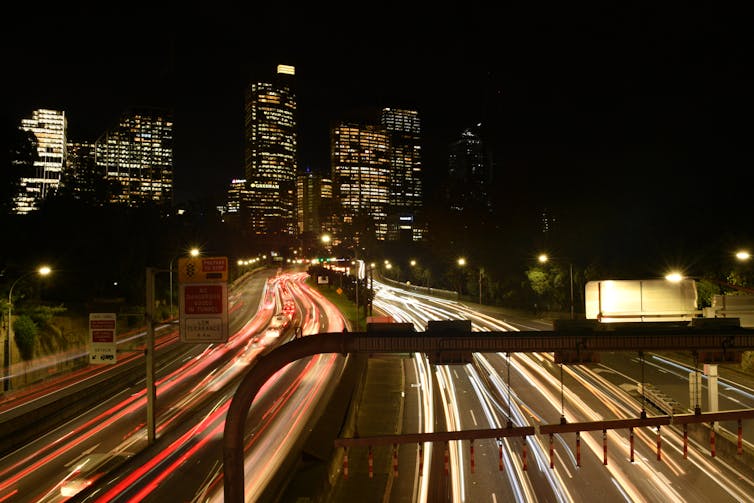


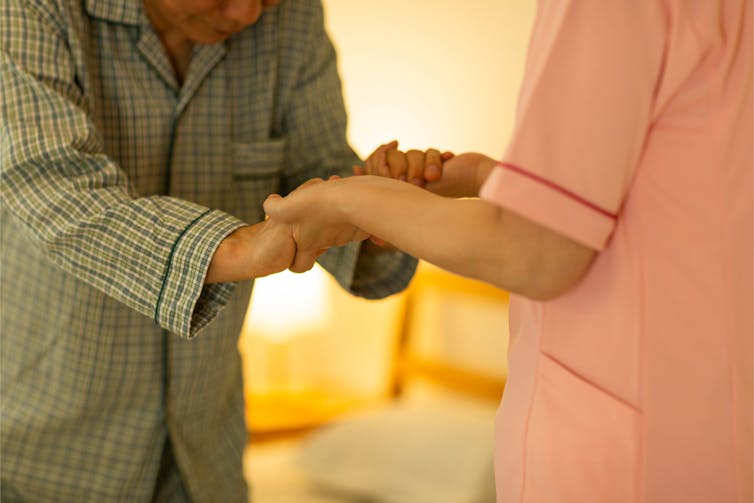



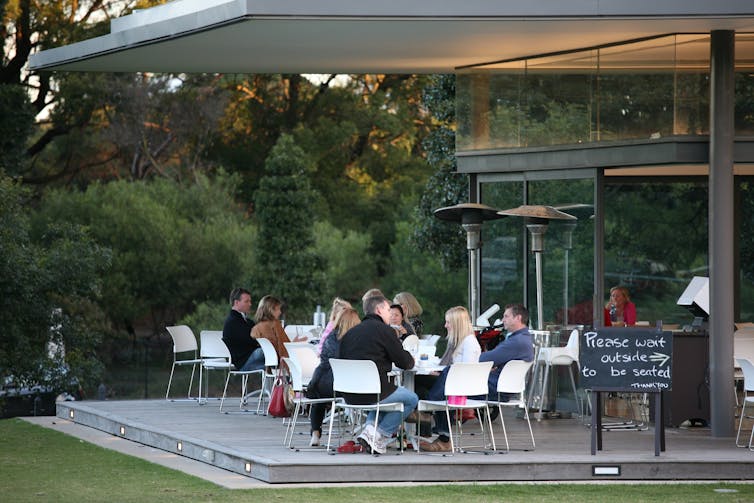
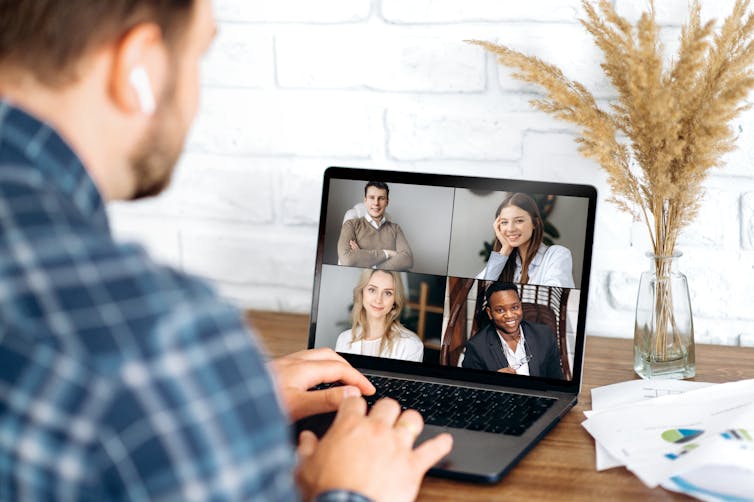
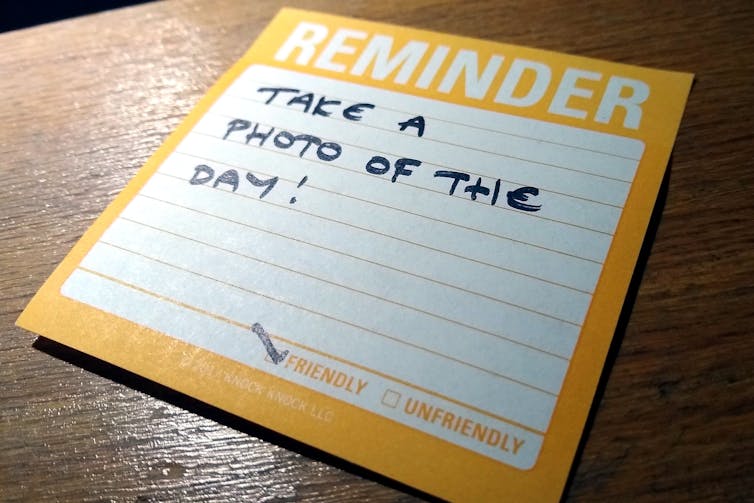

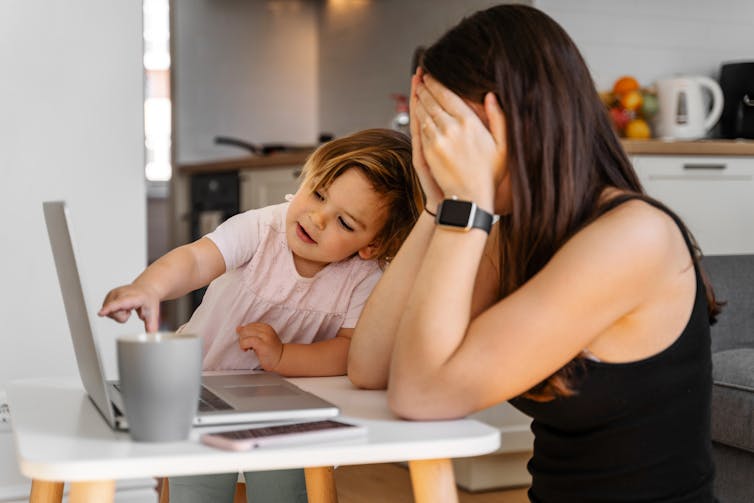
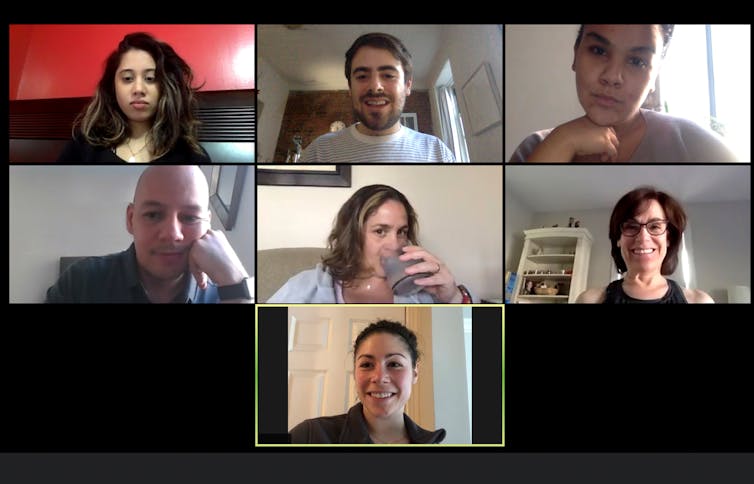






You must be logged in to post a comment.